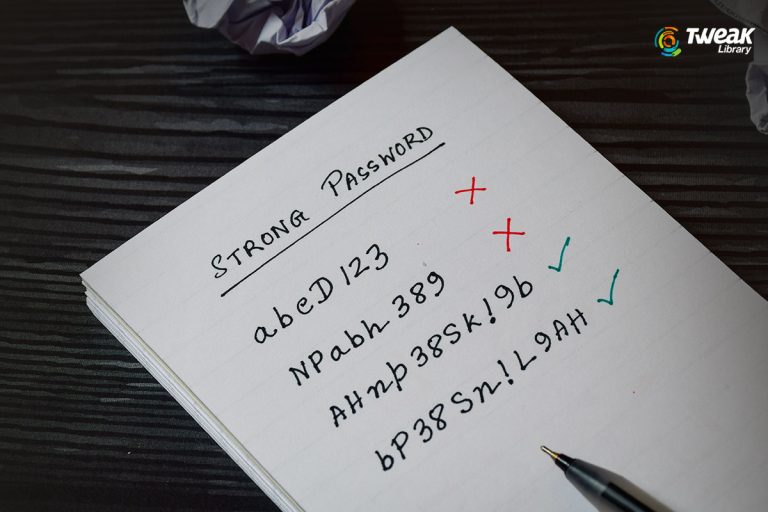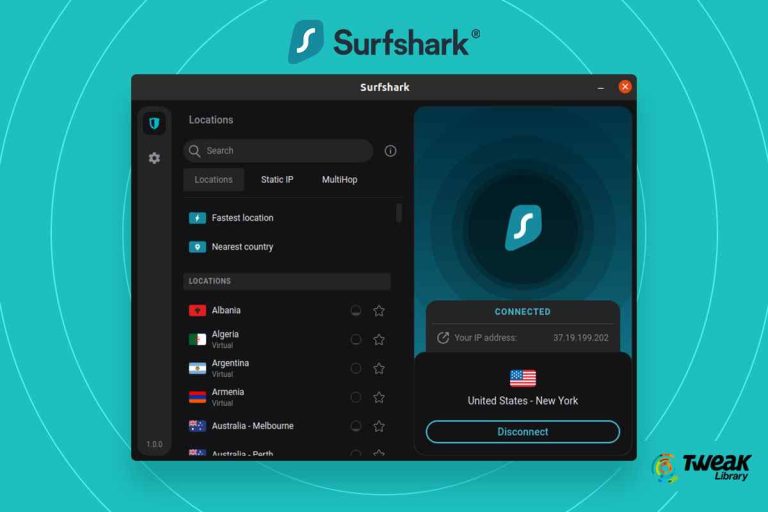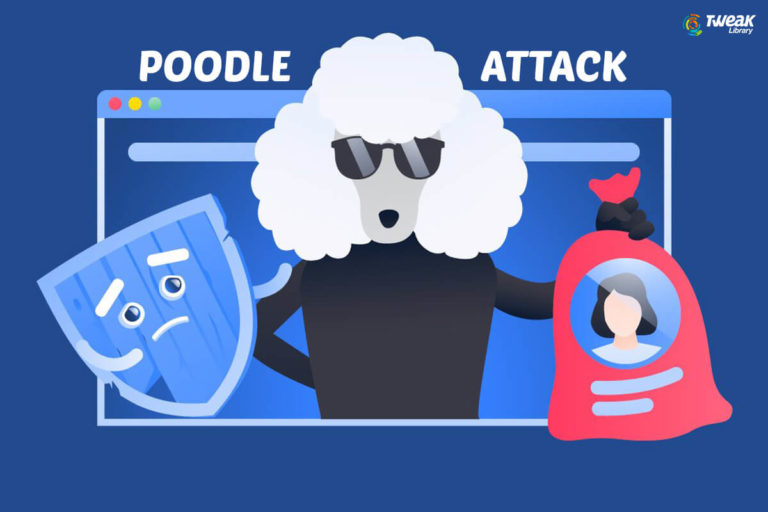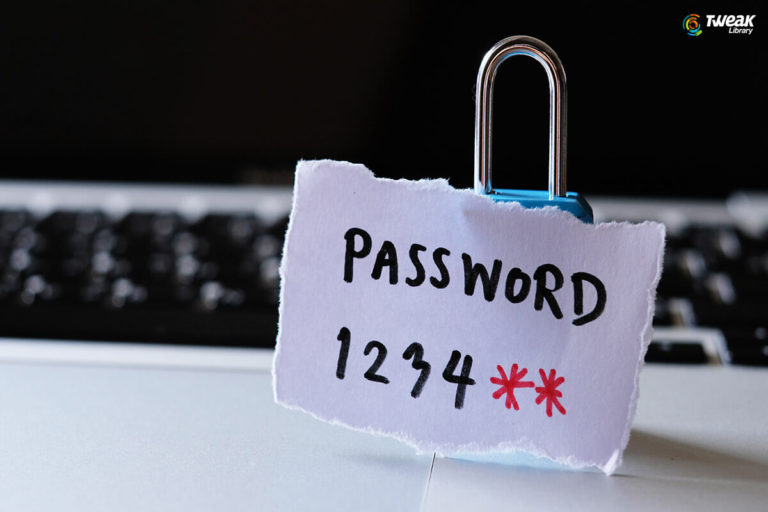The number of cyber threats are constantly increasing with the advancing technology . Criminals look for ways to exploit loopholes found in devices. With technological advancement they are also progressing, making it even important to keep our online activity in check and securing the system in all possible ways.

To keep system protected and be ready it is important to understand threats and how they work. In this article, we have collected information about 5 crucial security threats that are a serious threat to your system. Be aware of them and stay protected.

1. Pinkslipbot
W32/Pinkslipbot also known as QakBot/QBot is an information stealer threat designed to collect personal and financial information of the user (a.k.a. victim). A backdoor trojan that has worm like abilities and can take full control of the infected machine. The malware includes features like anti-analysis and multi layered encryption to avoid being reverse engineered by researchers. It can spread within the network through network sharing and has capabilities to act as a Trojan, worm and as part of a botnet. Pinkslipbot like other malware gets into the system when your system is online or via an ad that you visit while browsing. This malware affect overall system performance, redirects browser to unauthorized sites, installs malicious applications, slows system speed, changes homepage and even affects running security software’s.
Also Read: Cracking: How to Safeguard Your System From it
2. Xavier
Xavier is a Trojan based Android malware that steals and leaks user’s information silently and even has the capability to download and execute other malicious codes. It has already infected over 800 apps on Google Play Store. A member of AdDown family of malware used for malvertising and is difficult to detect because of a self-protect mechanism. It is considered to be dangerous as it can execute other malicious codes from a remote server.
3. OSX/Dok Malware
Another malware that spreads by adopting the age-old method of sending phishing emails. This malware creates a file named Dokument.zip that consists the infectious code it mainly aims at collecting banking credentials by imitating as major banking sites. This malware redirects user to the fake site and asks victim to install an application on mobile device created to access personal information stored on the device. To remove such infections, one should always close all the running applications especially the web browsers and disconnect from internet.
Also Read: Sniffer: Safeguard Your System From It!
4. NotPetya
NotPetya looks like Petya ransomware in several ways but is different than others and is more dangerous. It is a piece of malware that infects and spreads by encrypting some data and leaves a message for the victim explaining how to pay money to get the data back. It has tools that helps the infection to spread from one machine to another rapidly. NotPetya gains administrator access on a machine and gives that power to other machine on the network to spread infection.
5. LeakerLocker
LeakerLocker is a type of ransomware that demands money to stop attacker from spreading the compromised information. It takes unauthorized backup of data stored on phone and leaks user’s sensitive information. To stop these details from being spread ransom is demanded. Therefore, it is advisable not to store any personal or confidential information on your mobile device.
Also Read: Steps To Protect Your Financial Data in 2018
These 5 threats explain criminals are smarter than researcher’s users think. If you can find ways to stop them then they can find ways to get into your system. It is easy to find loopholes in the technology because developers create new things to make life easier but they forget to take security measures. This all shows that the more you get connected more is the risk of getting attacked.






Leave a Reply